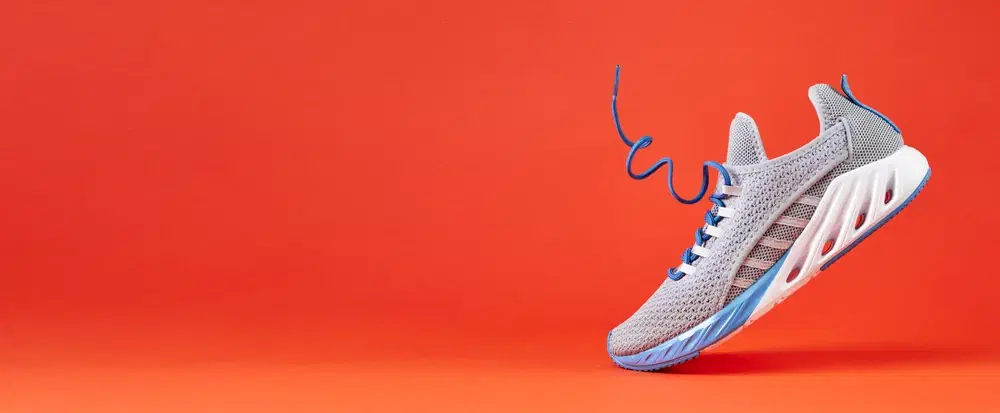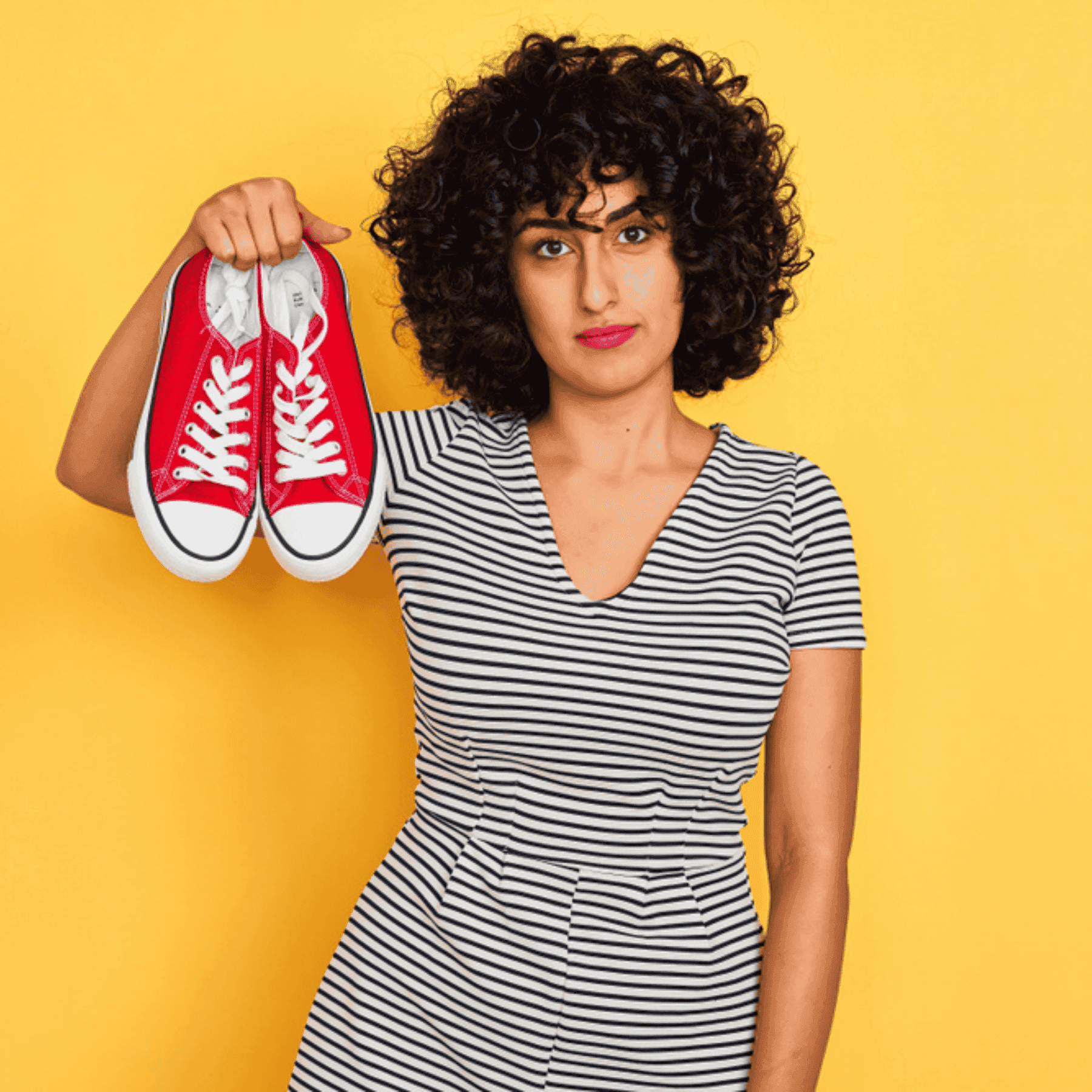
Footwear Guide
•05 min read

Finding the right pair of running shoes can transform your running experience on any terrain. Whether you are training for a marathon or enjoying a casual jog, choosing the best running shoes that cater to your specific needs is essential. This guide lays out expert advice on selecting footwear that combines high-performance, comfort, and an eye for style.
Your running route—be it asphalt, rocky trails, or even a treadmill—plays a vital role in shoe performance. Shoes built for specific surfaces provide better traction, cushioning, and protection. For example, road running shoes are optimized for smooth, hard surfaces like concrete or pavement, while trail running shoes are designed with aggressive grip and durability to handle uneven and muddy grounds. Track shoes, on the other hand, boast a lightweight design aimed at boosting speed on synthetic surfaces.
Different terrains demand unique features in your footwear. When choosing your next pair of top athletic shoes or lightweight running footwear, remember that the right design improves endurance and overall performance. Consider features like:
Durability: Essential for rugged trails and long-distance running footwear.
Cushioning: Vital for comfort during road runs, making your journey smoother.
Grip: Key for stability on slippery or uneven surfaces.
Understanding these factors ensures that the pair you choose will enhance your performance on every surface, from cushioned running sneakers for road workouts to durable jogging shoes built to last on trails.
Your foot type and running gait significantly influence the kind of shoes you need. Whether you require comfortable running sneakers for neutral feet or stability features for overpronation, knowing your gait helps in selecting the best shoes for runners. For instance, neutral runners benefit from lightweight running footwear that balances cushioning and support, while those with a specific movement pattern might prefer cushioned running sneakers or even high-performance running shoes designed to absorb impact.
Finding the most comfortable pair of running shoes is non-negotiable. Comfort ensures not just enhanced performance but also helps in preventing injuries. When trying on shoes, make sure to:
Regularly measure your feet as sizes can change over time.
Check the fit using your favorite running socks.
Opt for breathable sports shoes that offer ventilation on long runs.
This method will help you choose comfortable running sneakers that feel like an extension of your style and support your active lifestyle.

Investing in durable jogging shoes not only protects your investment but also maintains peak performance over time. Look for shoes crafted with high-quality materials like reinforced mesh or robust synthetic overlays. The right grip, often found in cushioned running sneakers or even long-distance running footwear, ensures longevity on any terrain. Choosing shoes that stand up to your daily mile tally can truly uplift your running routine.
Road running shoes are engineered for smooth, hard surfaces. They incorporate lightweight designs ideal for speed and endurance. Key features include cushioned midsoles to absorb shock and breathable materials that keep your feet cool during long stretches. For those searching for the best running shoes to optimize their road workouts, these options provide the right mix of performance, comfort, and style.
If you favor rugged paths, a trail running shoes guide can point you in the direction of the perfect pair. These shoes come with aggressive tread patterns for enhanced grip and reinforced toe boxes that shield your feet from debris. Additional features like water-resistant uppers make them ideal for wet conditions. This engineered design means you can confidently explore nature without compromising on durability or style.
Long-distance running requires shoes that offer additional cushioning to reduce fatigue during extended runs. High-performance running shoes, characterized by stability features and a lightweight build, are designed to support your feet through countless miles. Whether training for marathons or simply enjoying extended runs, selecting the right pair can make a significant difference, ensuring that your favorite cushioned running sneakers carry you smoothly over long distances.
Before finalizing your decision, test your running shoes under conditions that mimic your usual routes. Visit a store to try on different models or order from outlets offering flexible return policies. Run a short distance in the shoes to evaluate their comfort, fit, and overall performance. Experimenting with different types—whether it’s breathable sports shoes or even the latest lightweight running footwear—will help you identify the best shoes for runners.
Pro Tip: "Test Your Shoes on Similar Terrain Before Committing"
If possible, test your running shoes on the type of terrain you usually run on. For instance, trail runners should try them on dirt or gravel paths, while road runners should assess performance on pavement. This ensures that the shoes offer the exact grip, cushioning, and durability you need.
The world of running footwear is continuously evolving. Keep an eye on innovations such as carbon fiber plates or eco-friendly materials that are being incorporated into new designs. Reading reviews and engaging with real-world insights can reveal practical experiences with durable jogging shoes and even guide you towards the latest trends in high-performance running shoes. This proactive approach will help you remain current with trends while selecting footwear that blends functionality with cutting-edge design.

Proper maintenance plays a key role in extending the life of your running shoes. After each run, take the time to remove dirt and debris by cleaning the shoes thoroughly. Allow them to air-dry naturally to maintain their structure and integrity, and avoid using direct heat sources that can damage the materials. By storing your footwear in a cool, dry place away from harsh conditions, you ensure that even your most comfortable running sneakers continue to deliver exceptional performance.
Even the best running shoes have a lifespan. Signs that it’s time for a new pair include visibly worn treads, cushioning that has lost its bounce, or discomfort that wasn’t there before. Typically, shoes should be replaced after covering about 300–500 miles. Monitoring these signs will help you consistently get that perfect blend of support and style, whether you're using cushioned running sneakers or exploring options for trail running shoes.
Visit a specialty running store for a gait analysis or use online tools to determine if you have a neutral, overpronating, or underpronating foot type.
Beginner runners should focus on comfortable running sneakers with balanced cushioning and neutral support to adapt easily to different terrains.
Trail running shoes can be used on roads; however, their design might feel a bit heavy, so it is advisable to choose options specifically meant for road running when possible.
Long-distance runners benefit from cushioned running sneakers featuring a lightweight build and advanced stability features.
You should consider replacing them every 300–500 miles or as soon as you notice a decline in cushioning or overall performance.
Choosing the best running shoes for every terrain is about understanding your needs and aligning them with the right features. Whether you need breathable sports shoes for road running, trail running shoes with extra grip, or high-performance running shoes for long-distance challenges, the key factors are comfort, fit, and durability. With proper testing and maintenance, your ideal pair will contribute to both your performance and style, letting you run confidently and fashionably on every surface.